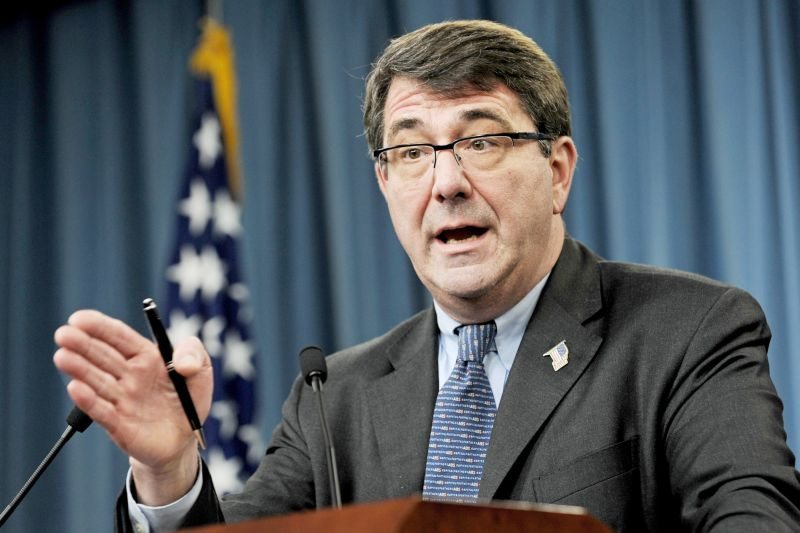The Defense Department has made much progress toward buying and fielding equipment smarter and faster, the Pentagon’s undersecretary for acquisitions, technology and logistics told a congressional panel yesterday.
At a time when President Barack Obama and Congress look for ways to fix the nation’s finances, Ashton B. Carter outlined progress to the House Appropriations Committee’s defense subcommittee.
“I would point out that the answers to the nation’s budget woes do not exist primarily in the Department of Defense, and within DOD they also do not exist solely or even primarily in acquisition,” Carter said in a prepared statement.
The administration’s proposed fiscal 2012 budget includes $78 billion cut from the predicted rate of growth in DOD overhead. Of that, $4 billion comes from acquisitions, all of which resulted from restructuring the F-35 joint strike fighter program, Carter said.
Defense officials have made hard choices in canceling some weapons programs and restructuring others when the department was not getting a good return on investment, Carter said. The changes include:
- Issuing a stop-work order on the F136 engine for the F-35, which was costing the department roughly $1 million per day and would require nearly $3 billion to bring to completion; and
- Canceling the Marine Corps’ expeditionary fighting vehicle and reallocating funds to existing Marine ground combat requirements. The EFV consumed more than $3 billion, would cost another $12 billion to complete, and if continued over two decades, would expend more than half of the Corps’ procurement funds.
Carter said the department has demonstrated improved processes in the acquisition and management of several programs, including:
- The KC-46A aerial refueling tanker, which he called a model of how a solicitation process should work when the contract was awarded in February;
- The next two advanced extremely high frequency satellites, designed to reduce costs and allow for future investments that will lower risks in technology; and
- The Navy’s replacement to Ohio-class ballistic missile submarines, for which engineering tradeoffs have reduced average procurement costs by 16 percent.
Such improvements are being made by new Pentagon directives to oversee programs based on what they should cost, rather than accepting only what manufacturers say they will cost, and by demonstrating affordability throughout the process, Carter said.
Moving forward, Carter has directed the department to more aggressively manage the more than $200 billion it spends annually on services, which consumes just over half of all DOD contract dollars.
In other areas, the undersecretary asked the subcommittee to support Defense Secretary Robert M. Gates’ initiative to revitalize the acquisitions workforce by supporting his fiscal 2012 budget request for $734 million for new hires.
Gates’ plan to grow the acquisitions workforce by 10,000 workers is an exception to budget levels that freeze the remainder of department staff to fiscal 2010 levels, Carter said. The department has hired 4,200 people toward the 10,000 goal, he said.











